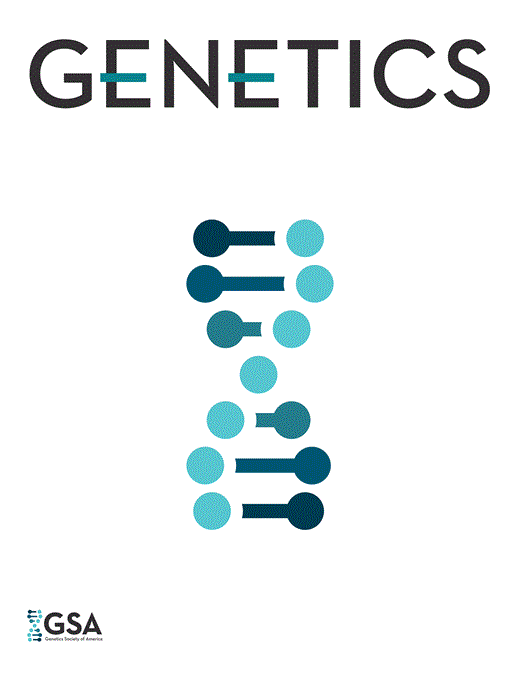-
PDF
- Split View
-
Views
-
Cite
Cite
J Bruce Walsh, Sequence-Dependent Gene Conversion: Can Duplicated Genes Diverge Fast Enough to Escape Conversion?, Genetics, Volume 117, Issue 3, 1 November 1987, Pages 543–557, https://doi.org/10.1093/genetics/117.3.543
Close - Share Icon Share
ABSTRACT
Conversion between duplicated genes limits their independent evolution. Models in which conversion frequencies decrease as genes diverge are examined to determine conditions underwhich genes can "escape" further conversion and hence escape from a gene family. A review of results from various recombination systems suggests two classes of sequence-dependence models: (1) the "k-hit" model in which conversion is completely inactivated by a few (k) mutational events, such as the insertion of a mobile element, and (2) more general models where conversion frequency gradually declines as genes diverge through the accumulation of point mutants. Exact analysis of the k-hit model is given and an approximate analysis of a more general sequence-dependent model is developed and verified by computer simulation. If ´ is the per nucleotide mutation rate, then neutral duplicated genes diverging through point mutants are likely to escape conversion provided 2µ/λ >> 0.1, where λ is the conversion rate between identical genes. If 2µ/λ << 0.1, the expected number of conversions before escape increases exponentially so that, for biological purposes, the genes never escape conversion. For single mutational events sufficient to block further conversions, occurring at rate ν per copy per generation, many conversions are expected if 2ν/λ << 1, while the genes essentially evolve independently if 2ν/λ >> 1. Implications of these results for both models of concerted evolution and the evolution of new gene functions via gene duplication are discussed.



